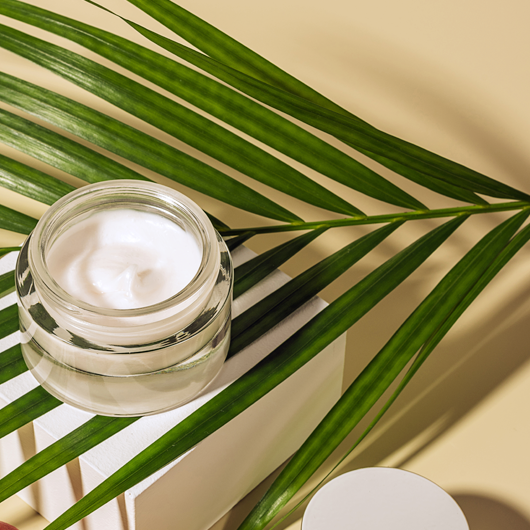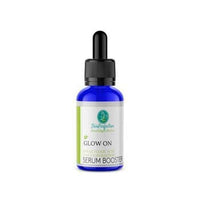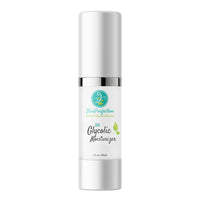Glycolic Acid
Glycolic Acid is a Skin Renewing, Brightening Exfoliator
Scientific Name: {Glycolic Acid}
Common Name: {Acetic Acid, Hydroxy}
Glycolic acid is a common ingredient found in skincare products. It is an alpha hydroxy acid or AHA. It is arguably one of the safest and most famous of the Alpha Hydroxy Acids.
Glycolic acid can significantly improve your skin by removing dirt and unclogging pores. In addition, it gently exfoliates the skin providing it with a radiant glow.
It works to brighten your skin and smooth and improve its tone and texture. Glycolic acid is excellent for many skin concerns as it clarifies and brightens for a healthy complexion.
You have probably seen this acid in many different products. It comes in many forms, from face wash to gel cleansers, peels, face creams, and moisturizers.
Many over-the-counter products use anywhere between 1 to 2%. However, you can find it in strengths of up to 10%. Only a professional esthetician should administer any peel stronger than 10%.
Glycolic acid is extracted from sugar cane. But, most skincare applications contain synthetic glycolic acid.
Glycolic acid is in a category of skin care products called alpha-hydroxy acids. Glycolic is likely the alpha hydroxy acid family's most popular compound for its efficiency and safety.
Exfoliate Safely with Glycolic Acid.
Glycolic acid's most straightforward function is as an exfoliator. In the skincare world, we often think of exfoliators as scrubs containing tiny beads or abrasions that help peel away dead skin cells. They soften the rough patches of the face by breaking down hardened skin.
Brushes are also specially made to exfoliate the face, which use coarse, rotating bristles to scrub away lingering dirt, grime, and debris. But unfortunately, these can be very harsh to your complexion and do more harm than good.
These exfoliators can dig and tear perfectly healthy skin in an attempt to clean it. In small amounts, chemical exfoliants are much safer for the skin. Make sure to use these products occasionally and correctly.
Women with sensitive skin must be especially careful when using peels or products containing acids.
Glycolic acid safely peels away dead skin cells from the face, allowing them to slough off naturally. This is a better option than settling into lines and wrinkles or becoming lodged in pores, where they can cause blemishes.
Treatments
A common acne treatment includes salicylic acid. However, a common treatment for lines and wrinkles will include glycolic acid. As we age, our skin becomes thinner and holds onto dead skin cells for longer.
These dead skin cells settle into our lines and wrinkles, making them more pronounced, deeper, and darker. Exfoliating the skin encourages a new crop of skin cells to grow.
It also removes the old skin cells that exacerbate the appearance of lines of wrinkles — thus, our brightening exfoliator is skin renewing.
With a regimen of exfoliation that includes glycolic acid, many women begin to see a reduction in the severity of their wrinkles. Because it also has lightening and brightening properties, it makes skin appear more youthful and radiant. And it can further diminish the appearance of any wrinkles or lines on the face.
About the Author
Kari Thomas wrote this article.





